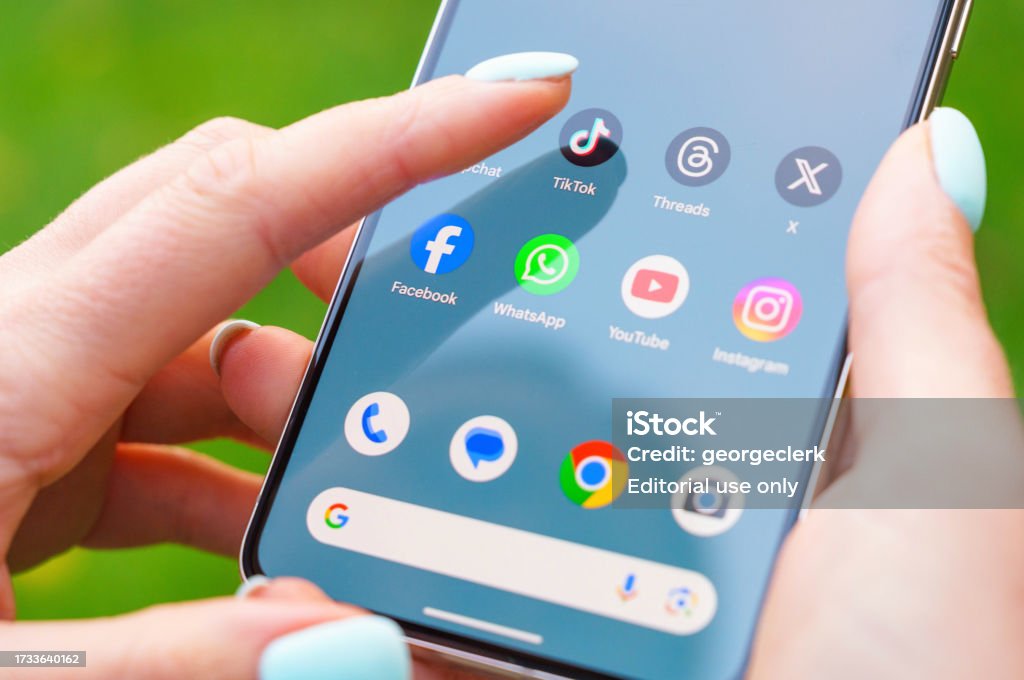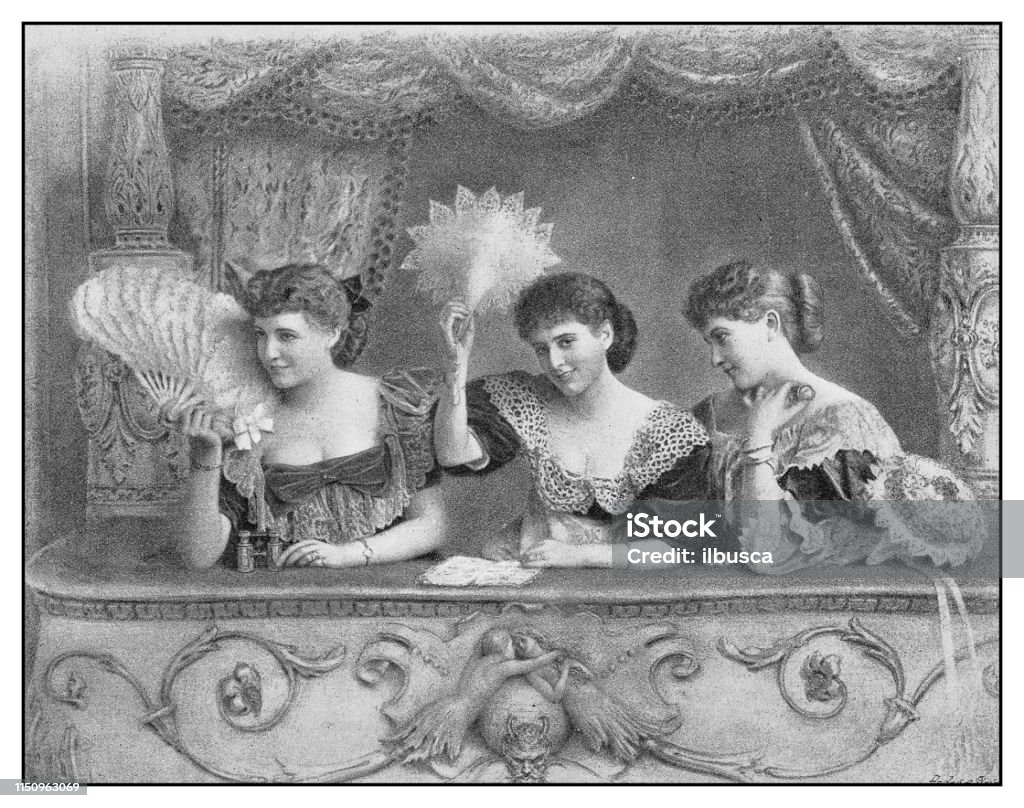
As early as the 1930s and 1940s, Governments and political parties started promoting political ideologies to the public by using developing media, such as radio and television. In light of this past backdrop, the theory of the culture industry contends that the sector embodies the ideology of the ruling class and standardizes and commercializes its output (Adorno and Horkheimer, 1947). The beliefs advocated by the culture industry have broadened in today’s society as a result of advancements in technology, media, and civilization, notably in “cultural fast food” goods that are consumed by large numbers of people. However, although I believe that while many aspects of the culture industry theory are still evident nowadays, it still needs some additions.
TikTok
TikTok is a contemporary “cultural fast food” app with short videos. As Adorno argues about the function of television, TikTok can also form a community, bringing together family members, friends, and even strangers inadvertently fulfilling a persistent desire for collectivity. (Taylor & Harris, 2008).

Firstly, TikTok is structured and standardized. Although they are made by different people, a large number of videos use the same music + image template and are full of homogenization, reflecting the totality of the culture industry, as Adorno said, the unique innovation of the culture industry is nothing more than an ever-improving method of mass production (Adorno,1997).
Second, TikTok strongly exhibits the “falsehood of full equality” trait.
Users, particularly students, mistakenly believe they may also become Internet celebrities thanks to the abundance of student bloggers on TikTok who have millions of followers. Of course, students have the potential to become online stars, but the odds are extremely slim—with the exception of the select few who do, who are emphasized by TikTok. “Those geniuses who are hunted are publicized on a larger scale by the audiovisual media” (Adorno, 1997, p. 145). These confusing ideas in TikTok interfere with the public self’s ideology.
Fan movies
Fan films are a typical example of the contemporary culture industry, and consumers are motivated by mass culture to follow it. The majority of Fan movies feature stars, and despite having poor storylines and cultural overtones, they are able to make a lot of money thanks to marketing by the celebrities’ fan bases. (Lu and Pei, 2016). As more and more movies adopt this paradigm, the variations between them become progressively smaller, the cultural industrial market starts to homogenize, and the cultural inventiveness of the film industry starts to wane.

However, social media platforms interactively, and consumers have more freedom to express their own thoughts today. That’s why I think the big data era’s media can’t be entirely explained by the cultural industry idea.
With the better expression of the public’s subjective awareness, the consciousness of the public can be reflected more. Just as Benjamin questioned the commerciality of production in the culture industry, he also suggested that the intrusion of aesthetic works created by technological reproduction has created the possibility of politically progressive mass art (1974).
Reference:
Adorno, T. W. (1997). The Culture Industry: Enlightenment as Mass Deception from Adorno. Theodor W., Dialectic of enlightenment. London: Verso
Adorno, T. W. and Horkheimer, M. (1997). Dialectic of enlightenment (Vol. 15). Verso.
Taylor, P. and Harris, J. (2008). Critical Theories of Mass Media: Then & Now. Maidenhead: Open University Press.
Lu, L. and Pei, Y. (2016). Discussion on “fan movies” based on the theory of cultural industry. News research guide, 7(07), p.199+201.
Benjamin, W. (1974). Das Kunstwerk im Zeitalter seiner technischen Reproduzierbarkeit (Dritte Fassung).


Hi!
Just wanted to start off by saying really enjoyed your blog its very clear and simple to understand the message your putting out and most importantly understanding cultural industry in the new era.
I think having TikTok as a main example of cultural fast food is important, I think we can agree that most apps have had a change and can be categorised under the cultural fast food sector but TikTok did not just change it features it changes is whole name from Musically to TikTok again that was made to reach wider audiences around the world.
I have a question for you!
Do you think by TikTok exhibiting the falsehood of equality trait they are reaching a wider audience or are people affected by that trait?
Again great job!
A very wonderful article to share! I think the topic you chose is very good, and it is very relevant to life and the current trend of The Times. In the era of big data, some products similar to Tiktok appear in people’s sight, so that everyone has the right to create their own works. But in fact, while realizing this right, the essence behind it is still biased towards structure and standardization. After reading your work, I also have some new reflections on my blog. Your blog has been a great help to me.
thank you!
Your blog argument is very clear. First, identify the positive side of a thing, and then use a negative example to make it very critical. Looking forward to your next article!
Thank you!!!
Under the vigorous development of new media, “opinion leaders” have been impacted by the interactivity of network communication, the plurality of “opinions” and the equality of communication, which makes “opinion leaders” to be blurred, dissolved and selected. The diversity of “opinions” and equality of communication make “opinion leaders” to be blurred, dissolved and selected.
In this model, the network opinion leader must be an active participant in network communication and must offer specific views on network communication events that are initially recognised by the majority of Internet users.